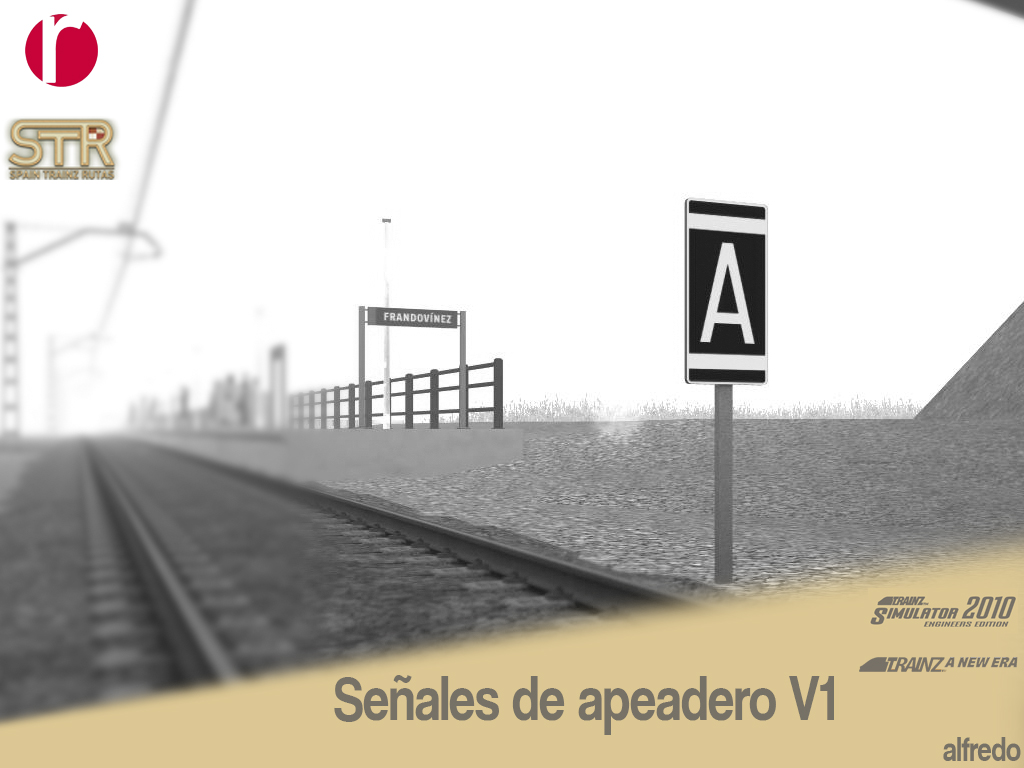

Įastern Mongolian LBA Ulaanzuukh individuals (from whose culture the Slab-grave culture likely originated) received gene flow from the LBA Khövsgöl cluster. 350 AD) revealed that about 20% of his ancestry was Khövsgöl LBA. A 2021 genetic study conducted on the remains of a Hun elite warrior buried in Budapest ( c.

According to a 2020 study by Alexander Savelyev and Choongwon Jeong, around 58% of the ancestry of the Xiongnu belonged to Khövsgöl LBA.

Descendants Įastern Scythians could be modeled to carry ancestry associated with Khövsgöl LBA in varying degrees. Genetic analyses revealed that while dairy pastoralism seems to have been introduced to them by Western Steppe Herders, they were primarily of local origin (hunter-gatherers), implying cultural transmission. It is suggested that the Khövsgöl LBA people descended from Early Bronze Age Baikal hunter-gatherers (Baikal EBA) from the Eastern steppe, themselves a composition between a main Ancient Northeast Asian component and a small Ancient North Eurasian admixture, which received additional West Eurasian contributions, mostly from Sintashta people. They date from the Late Bronze Age (LBA), from between 1380/1280 and 975/880 BC. The burials were located in the Bulgan sum of Khovd aimag. Eight burials were unearthed in northern Mongolia. Over 20 LBA sites were found in the Khövsgöl region. "Khövsgöl Late Bronze Age"), is the name given to an ancestral component that represents the lineage of Late Bronze Age herders from Khövsgöl in northern Mongolia (ca. In archaeogenetics, the term LBA Khövsgöl (or Khövsgöl LBA, i.e. The Khövsgöl LBA is part of the wider Ancient Northeast Asians (ANA, yellow area) cluster, but differentiated by Ancient North Eurasian (ANE) and Sintashta admixture, having formed out of the Baikal_EBA.


 0 kommentar(er)
0 kommentar(er)
